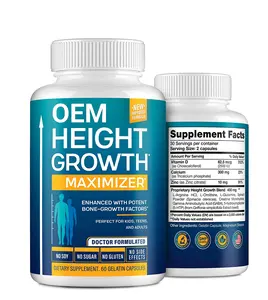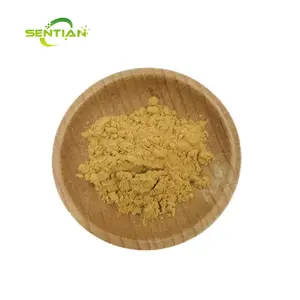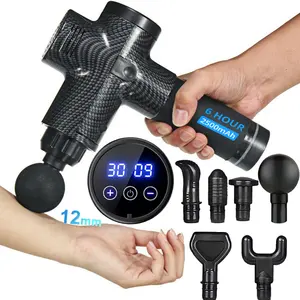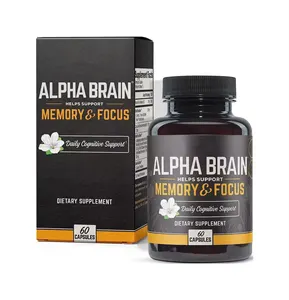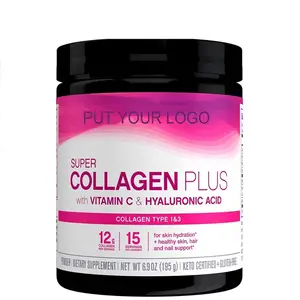आपके उद्योग में लोकप्रिय
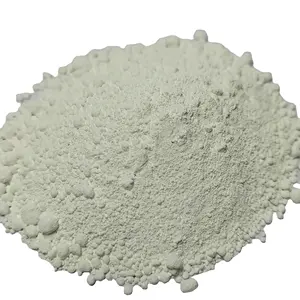





पेंट के लिए रूटाइल Tio2 टाइटेनियम डाइऑक्साइड 25 किलो बैग कीमत टाइटेनियम डाइऑक्साइड वर्णक
₹178.51 - ₹225.26
न्यूनतम ऑर्डर: 1000 किलोग्राम







OEM के जैविक जर्मनी 48 रंग Micropigmentation होंठ भौं स्थायी मेकअप आपूर्ति वर्णक पीएमयू टैटू स्याही Microblading वर्णक
₹467.52 - ₹1,020.04
न्यूनतम ऑर्डर: 2 बॉक्स



ज़िन बोवेन 60ML ऐक्रेलिक पेंट सेट 24 रंग धातुई रंग कलाकार गुणवत्ता पर्यावरण अनुकूल कला सामग्री वर्णक के साथ
₹637.53 - ₹794.78
न्यूनतम ऑर्डर: 1200 सेट







पेंट के लिए धातुई रंगद्रव्य पाउडर तांबा सोना धातु पाउडर समृद्ध पेल गोल्ड कांस्य पाउडर
₹1,179.85 - ₹1,474.81
न्यूनतम ऑर्डर: 1 किलोग्राम







एसएमपी स्याही कार्बन काला प्राकृतिक स्कैल्प पिगमेंट निजी लेबल कोरिया बाल विकास स्कैल्प देखभाल मरम्मत हानि उपचार एंटी माइक्रोनीडलिंग
₹1,445.06 - ₹2,125.08
न्यूनतम ऑर्डर: 1 बॉक्स







मूल Perma मिश्रण 15 ml टीना Davies मैं प्यार स्याही सेट भौं मेकअप वर्णक
₹2,337.59
न्यूनतम ऑर्डर: 10 नग
शिपिंग प्रति टुकड़ा: ₹306.02






Biomaser कॉस्मेटिक भौं डार्क ब्राउन microblading वर्णक/टैटू स्याही
₹425.02 - ₹680.03
न्यूनतम ऑर्डर: 10 नग
शिपिंग प्रति टुकड़ा: ₹0.00






कार्बनिक Micropigmentation Tintas Tatuar पारगम्य भौंह होंठ पीएमयू स्थायी मेकअप आपूर्ति टैटू मशीन स्याही Microblading वर्णक
₹595.03 - ₹1,020.04
न्यूनतम ऑर्डर: 1 नग






NUOJO OEM लाल टैटू मशीन क्रीम स्वस्थ पीएमयू स्थायी मेकअप वर्णक लिप स्थायी मेकअप वर्णक
₹425.02 - ₹680.03
न्यूनतम ऑर्डर: 500 मिलीलीटर






स्थायी मेकअप भौं होंठ के लिए निजी लेबल के साथ Microblading वर्णक टैटू स्याही Microblading
₹425.02 - ₹850.03
न्यूनतम ऑर्डर: 1 नग






Lushcolor maquillage स्थायी टीना davies वर्णक मेकअप पाउडर पीएमयू
₹595.03 - ₹1,530.06
न्यूनतम ऑर्डर: 1 नग






थोक उत्पत्ति संयंत्र निकालने टीना davies वर्णक स्थायी मेकअप पेस्ट microblading perman टैटू स्याही
₹255.01 - ₹425.02
न्यूनतम ऑर्डर: 1 नग
शिपिंग प्रति टुकड़ा: ₹377.42
टीना डैविज़ वर्णक के बारे में
Alibaba.com 22 टीना डैविज़ वर्णक उत्पादों की पेशकश करता है. टीना डैविज़ वर्णक विकल्पों की व्यापक विविधता आपके लिए उपलब्ध है, जैसे लंबे समय तक चलने समय. आप स्थायी मेकअप, टैटू स्टूडियो टीना डैविज़ वर्णक से भी चुन सकते हैं. साथ ही oem, प्रधानमंत्री टीना डैविज़ वर्णक से भी चुन सकते हैं.
